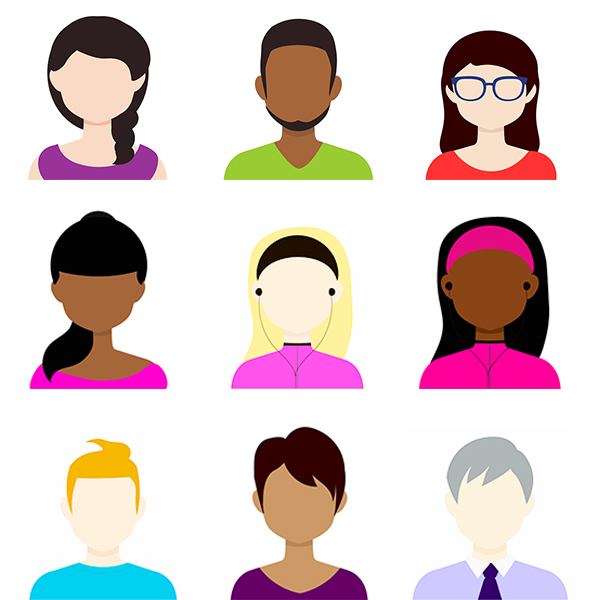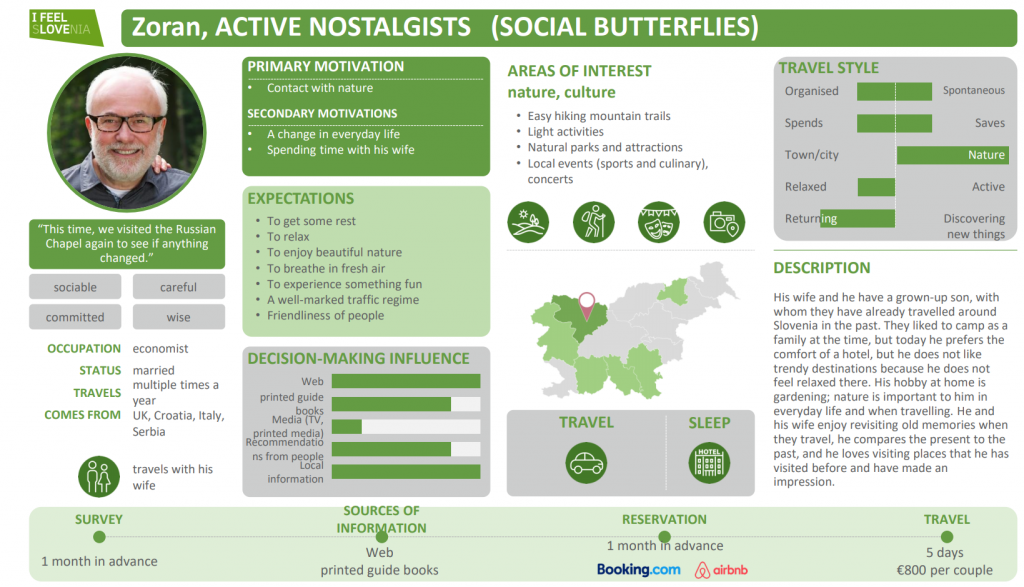Personas are semi-fictional representations of your ideal audience based on research and data. Personas can help government departments improve the way they create content and interact with their audience in a way that solves genuine problems.
Are you actively using personas to inform your communications approach?
Creating a persona for a magazine targeted at teenage boys with an interest in performing arts for example is straightforward because the audience is narrow and well defined. For a government body, personas aren’t as simple as just age and interest. They need to represent culture, location, education, motivations, challenges, interests and more.
Here’s how to create meaningful and valuable personas of your own.
Demographics (quantitative)
Historically, demographics were used as a quantitative method of measuring data that is easily gathered through questions relatable to everyone. A common example of this is the census, designed to better understand citizens. These sorts of questions are:
- What gender do you identify with?
- What is your date of birth?
- What is the highest level of study you’ve achieved?
- What is your main field of study?
- What industry/sector are you in?
Notably, these are close-ended questions. They don’t require detail; more just yes or no or easy to narrow down into multiple-choice options. Easy to answer, easy to understand and easy to collect data.
The result? Troves of quantitative data you can use to define and segment your audience. Example segments could be: 18-25, bachelors-educated in the field of communications/ 25-30, bachelors-educated working in the private sector/ 30-35, masters-educated, located in Sydney and working in the public sector.
But this information only paints part of the picture.
If you were asked to write an article targeting those aged 18-to-25-, bachelors-educated in the field of communications that was seeking to deliver genuine value, you need to know more than their age and level of education. What do they like? What motivates and frustrates them?
Psychographics (qualitative)
Asking demographic-based questions creates only a general image of your audience. The use of psychographics builds on the demographic answers to encourage emotive answers from the audience.
Questions might include:
- What are your hobbies and interests?
- What frustrates you in the workplace?
- What motivates you daily?
- What are five publications you enjoy? Why?
- What is the biggest positive and negative within your industry/sector?
These questions add personality, opinion, style and more quality features that help define who exactly your audience is. But, more importantly, it allows you to understand your audience’s behaviour and presence on social media.
Taking those answers into account, the 18 to 25-year-old with a bachelors in communications then becomes:
An 18 to 25-year-old with a bachelors degree in communications who:
- Reads sports marketing journals frequently
- Struggles with a lack of creativity within their industry
- Spends a lot of spare time watching movies and surfing Instagram
- Is curious to learn about his industry
The point is to attach personal traits (psychographics) to the data gathered (demographics) that defines your audience’s needs. Understanding psychographics provides an even clearer direction for content creation.
Learn how to piece this information together into an empathy map.
Audience surveys
So, how exactly do you create a persona? We know that both demographic and psychographic elements are important, but how do we paint a portrait of our audience?
Demographics are revealed through quantitative questionnaires that define basic traits and interests, providing mass data directly related to your audience. Creating demographic questionnaires is simple; provide close-ended multiple-choice questions. By investing time in this process, the survey will provide you with a strong, data-driven direction for content creation.
Segmenting
With this data, you’re able to separate your audience into segments based on age, location, interests and level of education. Though the results will still be broad, it takes us into the next phase – piecing together a psychographic.
Building on the information gathered in your quantitative study, the next step is to select individuals from your three top segments (for example, 18-25 with a bachelors degree, 25-30 with a bachelors degree and 30-35 with a masters degree) and use them for a qualitative survey.
By selecting individuals as representatives for their greater segments you can generalise and piece together similarities among them and start to build each persona. You may have multiple personas per segment.
Individual personas
This process can be done through another survey or with face to face interviews asking the interviewee open-ended questions such as:
- What are the problems you’re trying to solve?
- What are the biggest challenges you’re facing this quarter?
- What data information would help face these challenges?
- In what ways could your business/department function more efficiently?
Gathering this information adds personality, style and opinions to otherwise faceless numbers. Information gathered then correlates into more insightful summaries like:
- ‘18-25s say their positions lack a level of creativity and want tips on how to change that’
- ‘30-35 may lack an understanding of their department and need help building those skills e.g. digital marketing’.
Knowing this information suddenly puts in place guidelines for the kind of content they want to be receiving and more importantly what they’ll engage with on social media and other digital platforms.
Example persona
Here’s an example of taking the above information and piecing it together into an easy to understand one-page information:
Created for Tourism Slovenia, Zoran is one of twelve characters created to make managing campaigns and their social channels easier. You can see the other personas here.
Rather than looking through all the data you’ve gathered when necessary, you now have a single/group of characters to target
Bringing it all together
Piecing together the demographic and psychographic of your audience will result in 1) a better understanding of your audience and 2) an idea of what content speaks to them.
With audience personas at the ready, you now have a face and a name assigned to your audience and you’re much better placed to engage with them.
Want to know how to create strategic content that targets each of your audience personas? Reach out to us at info@contentgroup.com.au to know more about our evidence-based framework approach.

